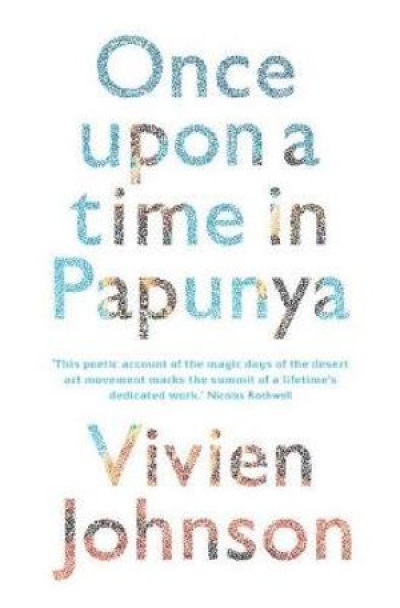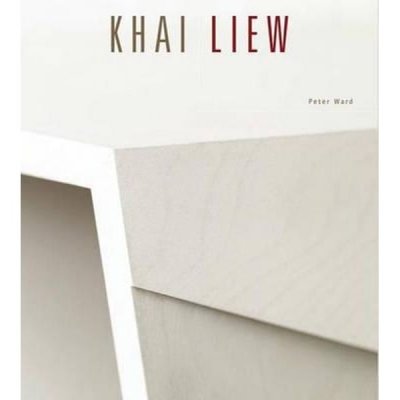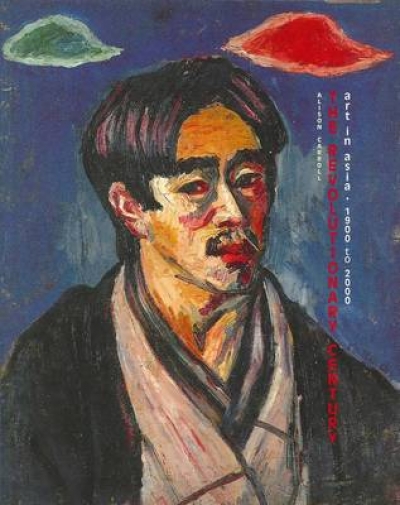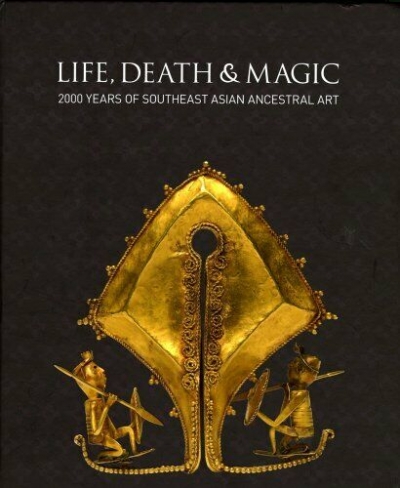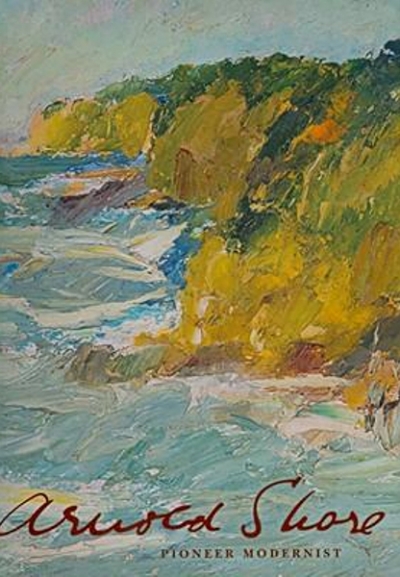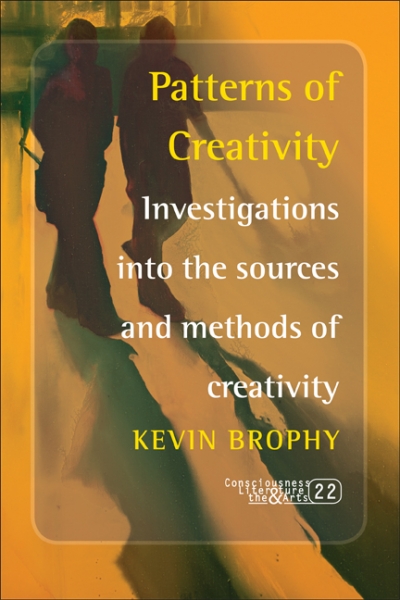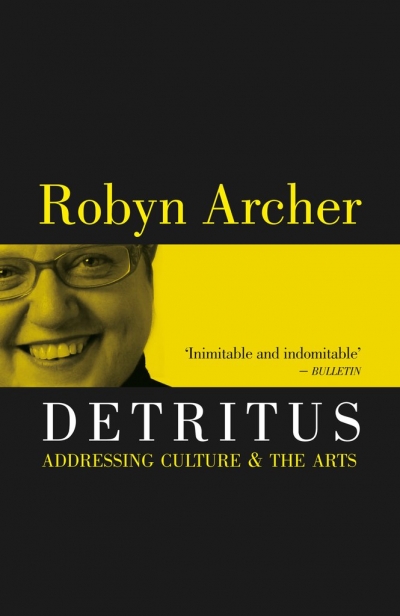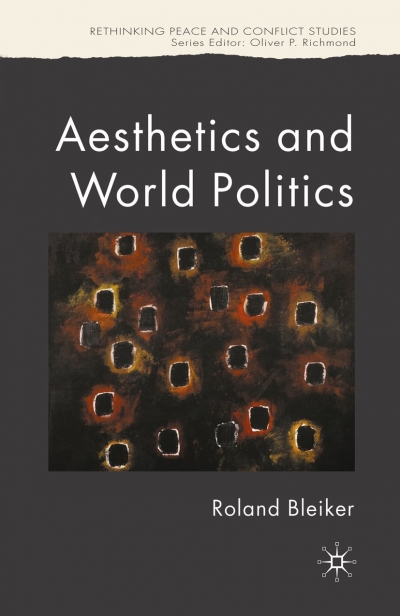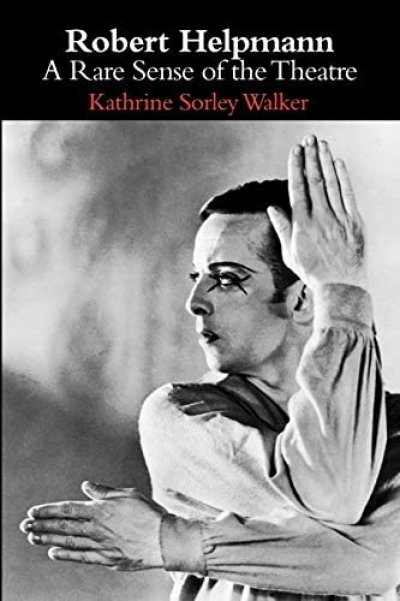Arts
The Revolutionary Century by Alison Carroll & Every 23 Days by Sarah Bond, Alison Carroll and Claire Watson
by Peter Hill •
Life, Death and Magic: 2000 years of Southeast Asian Ancestral Art by Robyn Maxwell
by Carol Cains •
Patterns of Creativity: Investigations into the sources and methods of creativity by Kevin Brophy
by Jane Goodall •
Detritus: Addressing Culture and the Arts by Robyn Archer
by Alison Broinowski •
Robert Helpmann: A rare sense of the theatre by Kathrine Sorley Walker
by Lee Christofis •
When the National Portrait Gallery (NPG) opened in Canberra last December, more thoughtfulness was evident in its bookshop than the hang. The volumes are arranged by subject and in alphabetical order: the images accord to no principle beyond décor. Here are five writers; there, four scientists. The randomness of the whole embodies a culture of distraction. The root of this muddle is an evasion of whether the Gallery is to be guided by aesthetics or museology. The want of clarity is compounded by concern among staff not to be identified with a history museum.
... (read more)
